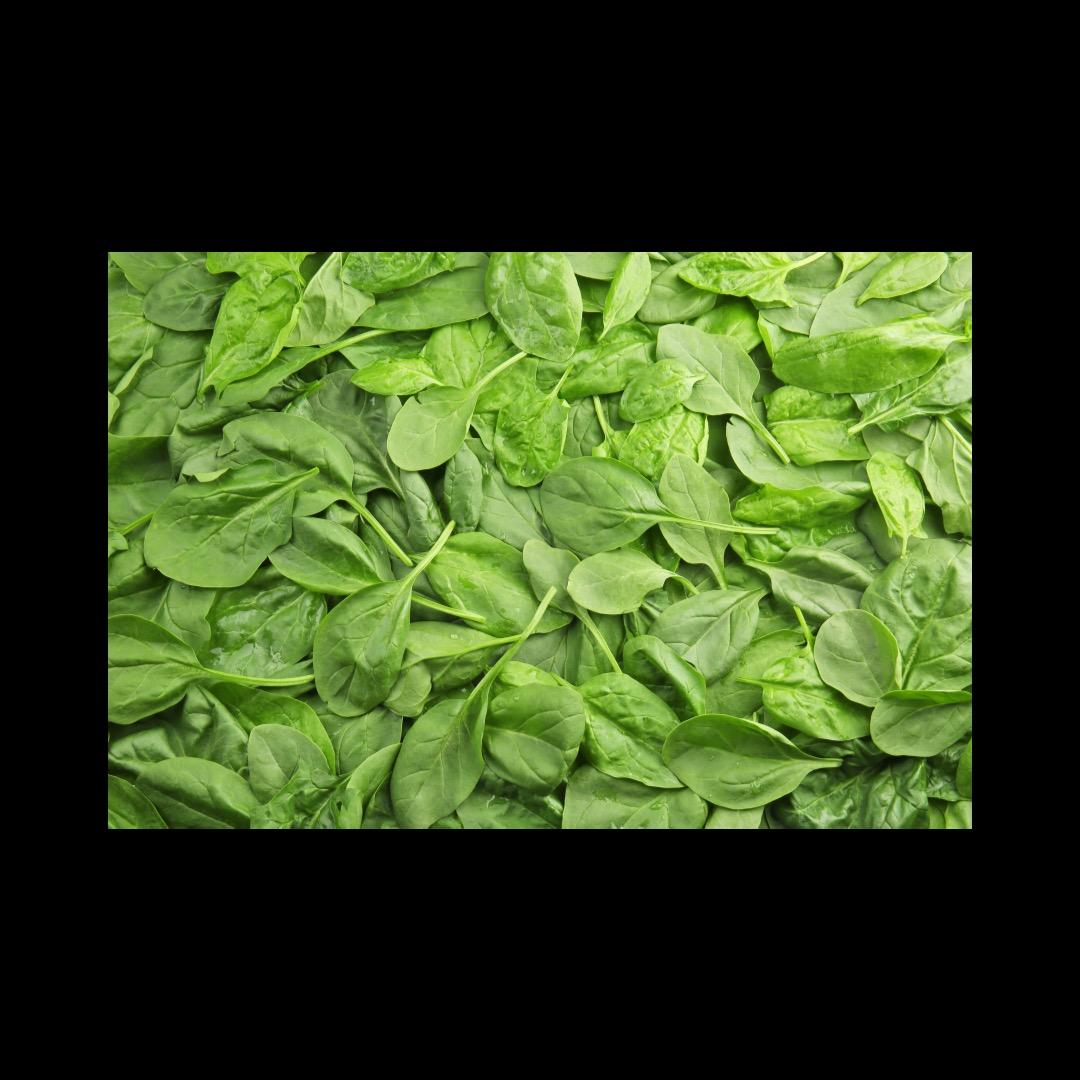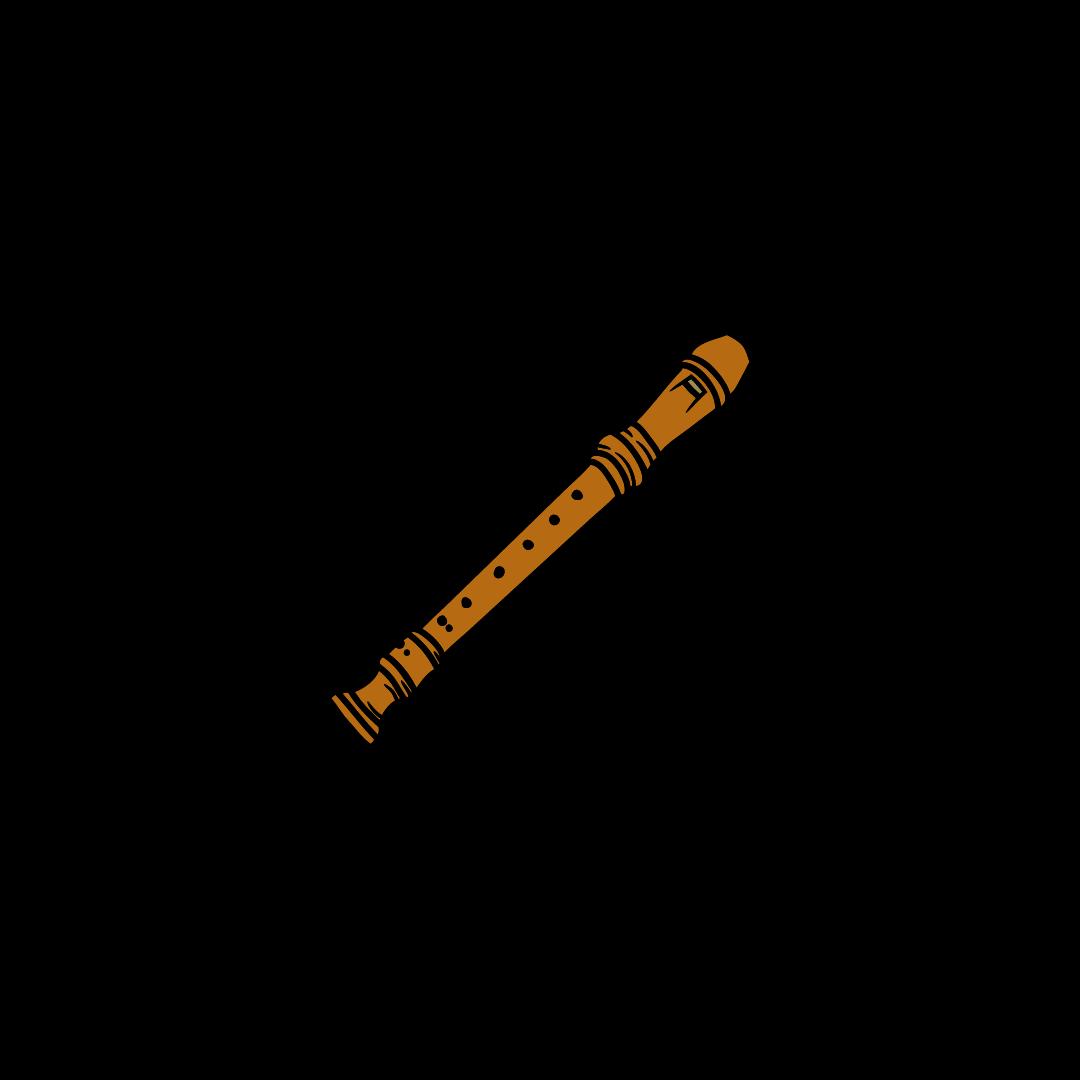2024/2025 EDITION

Union County School District













The Union County School Food Service Department



















2024/2025 EDITION














The Union County School Food Service Department



















Dukes Family Farms is owned by Michael Robin Dukes

Michael & Robin’s children, spouses & 14 grandchildren all work on the farm.


Dukes Family Farms is a family-owned multi-generational farm
Dukes Family Farms specializes in heirloom varieties of fruits





“We’re keeping the tradition of small, family farms serving their local community alive.”
Dukes Family Farms’ land has been in the family since the early 1900s.
Dukes family Farms LOVES visitors!

Dukes Family Farms is Lake Butler, Florida.



Most of the lettuce grown in Florida is grown between October & April.




Darker green lettuce leaves are MORE LEAST MOST Lettuce grows


Lettuce plants grow to be 6 - 12 inches tall.

Iceberg lettuce (also known as crisphead) is the most popular type of lettuce in the U.S.



Hydration is the process of replacing fluids Water is the body’s main source of hydration.
Being hydrated helps convert food into energy





Hydration helps regulate body’s temperature

The body’s 6 essential nutrients: carbohydrates, proteins, fats, vitamins, minerals & WATER !
Water helps carry nutrients & oxygen to all the cells in the body.

Proper hydration can help to improve moods.

The body is better at fighting off when properly hydrated.
Sleep quality can improve when the body is hydrated.
Many fruits & vegetables have a high water content, making them hydrating to eat.


3. Flat 3

Spinach is grown in Central & Main Types of Spinach:
1. Savoy
2. Semi Savoy


The U.S. harvests around 960,000 pounds of spinach each year.
Spinach is a part of the goosefoot family of the shape of its leaves.
F R E S H spinach is the B E S T spinach!

Flat spinach is the best known & most popular.




Late spring/early spinach season.
Spinach thrives when grown in sandy soils.
Spinach prefer to grow in cooler climates. of its major nutrients after harvesting.



Iron carries oxygen in the blood, supports the immune system & proper brain function

2 forms of iron: Heme & Non-heme. comes from animal meat and is easily absorbed into the body after eaten. comes from plant foodslike spinach!
Iron is found in EVERY cell of the body.

Non-heme sources of iron are absorbed into the body when eaten with a source of vitamin C, like an orange.
Iron helps muscles function by carrying oxygen to their cells.

Supports a healthy immune system.

Human blood is RED because of iron and oxygen reacting with each other.

The body uses iron to make hemoglobin.
80% of the Earth’s crust is composed of iron.
Hemoglobin helps carry and transport oxygen in the blood to other parts of the body…like a backpack!

Florida is home to around 6,000 acres of sweet potatoes.
There are 400+ varieties of sweet potatoes.

Sweet potatoes are grown underground!

Sweet potato roots are harvested 90120 days after planting.
Sweet potatoes are a great source of vitamins and minerals!

Sweet potatoes are a popular Thanksgiving side dish.

Jewel most popular sweet potato.

Sweet potatoes and yams are NOT the same thing!
Sweet potatoes can be orange, yellow, red, white or purple.
Orange sweet potatoes are the sweetes t.



Potassium supports balancing fluid in the body & proper function of the

Once potassium enters the body, it functions as an electrolyte
Helps to keep the body

Electrolytes help amount of water in the body.


Potassium is THIRD most abundant mineral in the body.
Potassium helps promote bone health.
The body is made up of approximately 60% water.
Potassium helps to regulate muscle contractions.

98% of the body’s potassium is found in its cells.

Many runners eat foods high in potassium before a run to prevent muscle cramps




More then 90% of America’s orange juice comes from Florida oranges.
Popular Types of Oranges:
1. Navel
2. Hamlin

600+ varieties of oranges.

85% of oranges are produced for making juice.
3. Valencia 3 oranges are harvested by hand.
Orange season is 9 months long! October - June!




tropical conditions for growing oranges.

Oranges need a lot of sunshine warm temperatures.






Vitamin C supports the immune systemthe body’s defense against infections.

Vitamin C is also referred to as “ascorbic acid.”

Vitamin C is an antioxidant. Antioxidants help protect against damage caused by exposure to harmful substances in the environment.


The body cannot make vitamin C on its own - it has to come from food.
Vitamin C helps keep you happy & healthy! What do you call a vitamin that improves your eyesight?


Vitamin C is a very important vitamin for healthy gums & teeth.



Florida is the number 1 producer of tangerines in the United States.
Main Types of Tangerines Grown in FL:

Florida is home to around 10,490 acres of tangerine trees.

Tangerines are in peak season from October to November.
“Easy
Peelers”
Fallglo Sunburst Royal Honey Tangerines are easier to peel than most other citrus fruit.
Tangerine trees grow to be 10-15 feet tall.



Tangerines are known for their BRIGHT orange peel.
1 tangerine tree can produce up to 7,000 tangerines per season.
Tangerine trees are evergreen. Out of all citrus fruits, tangerines are the most resilient to cold weather.






Fiber supports movement through the digestive system
Fiber is a type of carbohydrate body doesn’t digest, it simply passes through.
Soluble fiber dissolves in water…it helps regulate blood sugar levels and removes cholesterol from

Insoluble fiber is sometimes referred to as “roughage. ”

2 types of fiber:

1. Soluble fiber
Insoluble fiber
Fiber is ONLY found in plant foods.
Dairy & meat products do not have any fiber.
Fiber helps to regulate the body’s use of sugar.
Insoluble fiber does not dissolve in water…it helps food move throughout the digestive system.



BOTH forms of fiber are important & beneficial to overall health.

Plant City, Florida is known as the Winter Strawberry Capital of the World.
One acre of land can produce 50,000 pounds of strawberries.


Peak strawberry harvesting June.


are the FIRST fruit to ripen in the spring.




3 strawberry has 200 seeds.
1. June-bearing 2. Ever-bearing 3. Day-neutral

Strawberries are the ONLY fruit with seeds on the outside.
Strawberries are a part of the rose family.







Manganese is a trace mineral the body only needs small amounts of it.
Minerals, like manganese naturally



Manganese supports the body’s energy protecting its cells from damage. against infections.

brain health. Foods like strawberries absorb minerals through their roots .
Manganese is


Manganese helps

helps the body blood clots helping wounds heal faster!





Lafayette and Okeechobee are Florida’s leading dairy counties.

Most of the dairy cows in Florida are Holsteins (the black and white cows), and their spots are unique like a fingerprint!





Cows chew their cud 50 times per minute.
How many times can chew in a minute?!

Cows can SEE almost and SMELL up to 6 miles away!


Most Florida dairy herds range 150 -

Florida dairy farmers byproducts such as citrus pulp, brewers’ grain and whole cottonseed that are consumed by the cows instead of ending up in landfills.
A Florida dairy cow produces about 68 gallons of milk each day.





provides a powerful package of support your overall health?


Calcium, phosphorus, and vitamin D in dairy help build and maintain strong bones and teeth.


The high-quality protein found in dairy foods aids in building and repairing muscles.


B vitamins in dairy help convert food into fuel, ensuring you have the energy needed throughout the day.
Starting the day with a nutritious breakfast that includes dairy helps fuel learning!




Florida is home to over 5,200 acres of blueberry fields. Florida produces around 20 million pounds of blueberries per year.
Blueberries are grown commercially in 38 states.

Highbush blueberries are the most common type of blueberry.

Florida blueberry season is from Marchearly May.


1 blueberry bush can produce 6,000 blueberries/year.
Lowbush blueberries are commonly used to make jam.
The waxy coating on blueberries is called “bloom. ” Blueberries the ONLY food that are naturally blue in color.


B Vitamins help support the body’s energy levels, brain function & cell metabolism
essential B vitamins:
Vitamin B1, Vitamin B2, Vitamin B3, Vitamin B5,

Vitamin B6, Vitamin B7, Vitamin B9 & Vitamin B12.
Water is needed to help the body absorb B vitamins.




B5, B12, C and E knock on your door…what do you do? blood cells.
B vitamins helps the body make energy from food.
be regularly consumed.
B vitamins plays a role in serotonin production. Serotonin makes us feel happy





Florida is known for their sand pears, also known as Asian pears.
Pears used to be called “butter fruit” because of their soft texture.
Over 3,000 varieties of pears.

Pear trees can grow to be 30-40 feet tall.
Pears prefer to grow in cooler climates

Pears are a part of the rose family.
Pear tree wood is often used to make musical instruments. pears are picked HAND. The most fruit.




Common types of pears: , Bosc, Comice & Forelle.



Vitamin K supports proper blood function, bone growth & kidney health. The body has the ability to create vitamin K on its own.
2 main forms of vitamin K: K1 and K2. soluble which means…


Vitamin K helps the body heal from wounds.
It absorbs better into the body when eaten with foods with some fat like olive oil

Vitamin K is found throughout the body in the liver, brain, heart, pancreas & bones.
Vitamin K plays a role in proper blood function- specifically with clotting.
Vitamin K helps produce proteins bind themselves to calcium - this helps build strong bones.



Vitamin K supports heart health.
Let’s shake some BUTTER!

2 cups cold heavy whipping cream 1 ounce plastic cups with lids

Pour 2 tablespoons of heavy cream into each portion cup. Place the lid on each cup, and distribute to students.
Shake the container until butter forms a soft lump. Continue to shake until buttermilk separates out of the lump and the container contains a solid lump of butter and liquid buttermilk. The process should take 3 to 5 minutes.
To strain, pour off or drink the buttermilk, leaving only the solid butter.

OPTIONAL: Remove the lump of butter, and wrap it in plastic wrap. Refrigerate until you are ready to serve.
For more information, visit FloridaMilk.com/in-the-schools

